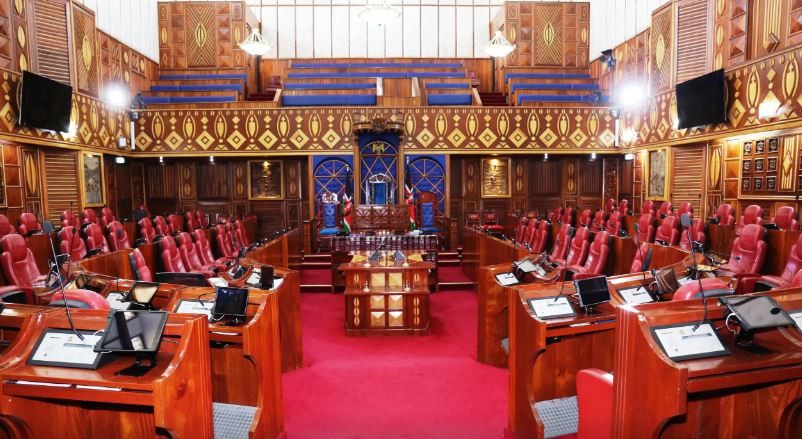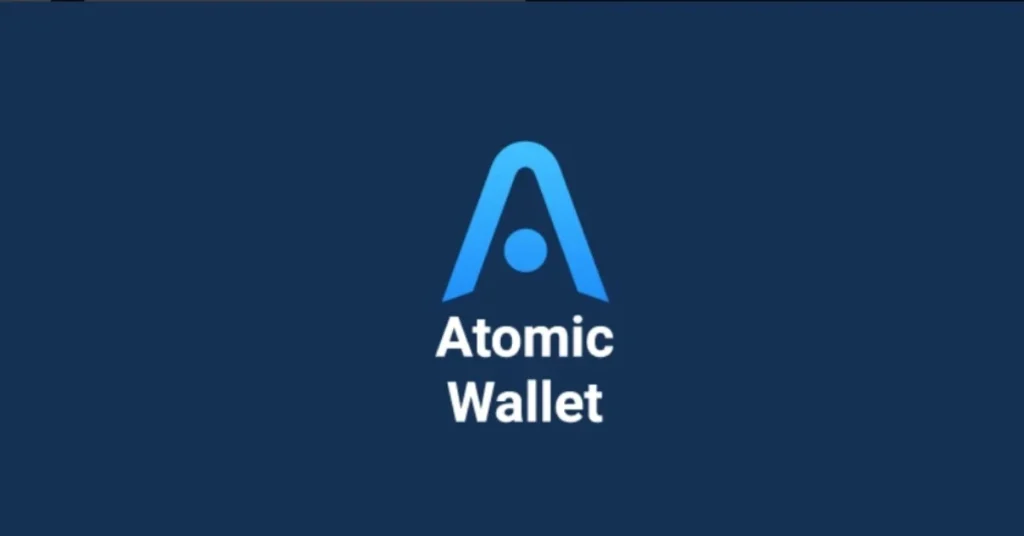UK Point of Sale Finance / Buy Now Pay Later Market Insight Report 2025 - Apex Insight
2025 report will be available in early June – see below for details of the 2024 report
Purchase now to receive the new report as soon as it is complete
This report focuses on the UK market for point of sale, or POS, finance. Also known as retail finance, in-store credit, store instalment credit, or Buy Now Pay Later (BNPL), it refers to loans provided by, or on behalf of, a retailer to enable a consumer to make a specific purchase.
Point of sale encompasses the sale of goods by retailers, as well as the sale of services where finance is sold alongside the service contract or medical care package. It can also be referred to as Point of Service or Point of Care finance.
The report is focused on finance for purchases of goods and services by consumers but it also includes an overview of the development of the Business to Business BNPL market.
The report quantifies the market size in loans outstanding, new lending and loan provider revenues, historical growth rates and levels of industry profitability.
It segments the market between conventional POS finance and BNPL.
This report aims to answer a series of questions on the POS finance market:
– How does the market work? What changes have there been recently?
– What would be the impact of an interest rate rise?
– Which types of retailers use it most frequently?
– How does it compare with alternative and substitute forms of finance?
– What role has new technology played in the market?
– What is the market size and historical growth rate, in terms of total loans outstanding, new lending and lender revenues?
– What are the risks to future market growth?
– How does the market compare with those in other countries?
– Who are the main finance providers and principals, which are most widely used by retailers, how have they performed?
– In simple terms, what do they each do, who do they work for and how do they operate?
– What do the leading UK retailers do – to what extent do they use this form of finance, how do usage patterns vary by sector, which providers does each use and what is the extent of churn?
Unsecured consumer credit for the purchase of specific goods or services can be split between two key segments: Buy Now Pay Later (BNPL) and Point of Sale / Service (POS).
– BNPL: Interest-free split payments for up to around three months, termed Buy Now Pay Later (BNPL) finance. This is a relatively new part of the market having grown rapidly in the past three years.
– POS: Credit agreements typically of 12 months or longer.
The market also includes:
– Interest-charged credit for retail or consumer services purchases.
– Combination products, which allow customers to repay the loan interest free over an initial period, or to keep the loan and start paying interest (e.g. from the start of the second year).
It encompasses purchases of goods from high street stores and online as well as purchases of services from medical, beauty or other providers
Many retailers choose to subsidise the cost of the credit as a promotional expenditure and offer “interest-free credit” or “zero per cent finance”.
It is used by both national retail chains and independent shops, most commonly in the home and furniture, jewellery and electricals sectors.
– Loans are generally set up as personal loans, not secured on the asset and without a lease arrangement.
– Interest-free loans are generally for 3-12 months with an APR of 0% (i.e. no additional fees are charged)
– Charged-for loans are generally for periods of 12-60 months. Where interest is charged, an APR of 15-20% being typical.
The market for POS finance has grown quickly in recent years with total
outstanding lending having reached £13.1bn by the end of 2023.
It has been driven by trends in a range of demand and supply factors, including:
– Ongoing retail sales growth, particularly online
– The rapid expansion of BNPL offers across a wide range of retail sectors that previously did not offer POS
– The overall performance of the economy as a driver of both retail sales and consumer confidence
– Pricing of POS finance loans, particularly the wide availability of interest-free deals, although these have been pared back by many retailers as finance costs increase.
– The impact of technology on the market with new apps enabling far quicker decision-making and higher application acceptance rates.
– The impact of regulations on the market, including the need for lenders to take reasonable care to confirm that new lending is affordable.
The market consists of retailers, broker platforms and lenders.
In addition to most large retailers in the relevant retail sectors, 15,000 to 20,000 independent retailers and service providers, including online-only stores, currently offer POS finance.
Our monitoring of POS solutions offered by the largest UK retailers finds frequent changes in both providers and terms of POS solutions being offered to consumers, although the rate of change has slowed since the pandemic.
Key POS lenders include Barclays Partner Finance (which has recently scaled back its participation in the market), BNP Paribas (Creation), Novuna (formerly Hitachi Capital), Ikano Bank, Omni and Rematch Credit (DivideBuy).
BNPL providers include PayPal Credit, Clearpay, and Klarna).
Some larger retailers provide finance from Group companies, including Home Retail Group and Shop Direct (Argos), often alongside other payment options including store cards.
Brokers, including some new fintech entrants, tend to specialise in service sectors such as medical / dentistry treatments, flights and holidays and home improvements.
Based on our analysis of market drivers and trends we believe that there is scope for further growth in the market, mainly driven by the BNPL segment.
We expect growth in the POS finance segment to continue at similar levels. Our expectations for overall retail sales are for further growth but at a lower rate than in the historical period, with the online segment now being mature (post-COVID). Factors constraining this segment include:
– The wider availability of BNPL as an alternative to POS finance.
– Less-attractive POS offers from retailers reflecting the higher costs of offering longer-term interest free credit.
Growth in BNPL has reduced from its previous very high levels in the last two years and we expect ongoing growth will be slightly lower still. Factors affecting this include:
– Lenders have been tightening their credit policies, with the dual objectives of meeting good practices in the market and improving profitability.
– Further restrictions as new affordability checks on loans are implemented.
– High retailer penetration means that growth in BNPL is mainly a function of consumers who use these facilities using them more frequently, hence for a greater proportion of their purchases, hence rates of growth will necessarily be slower than in the recent past, when growth in retailer penetration was a major factor.
A key area of uncertainty is the impact that changes to regulation will have on the market following the forthcoming election:
– The current exemption from FCA regulation for interest-free credit up to 12 months has been the subject of a lengthy review by the FCA and Government.
– The Labour Party has indicated that it will expedite the regulation of BNPL if it wins the election in July 2024, although we do not expect major changes from what the industry has been preparing for.
Operators of point of sale businesses themselves
Investors in these businesses
Retailers
Market regulators and policymakers
Banks, analysts, consultants and other parties with interests in the sector
– Research into 50 top UK retailers and their use of POS finance
– A case study on retailers in the city of Salisbury
– Extensive research into published industry sources
– Financial analysis of the accounts of companies in the industry
– Input from with senior-level contacts in the consumer credit industry
Information from these sources has been synthesised and presented clearly and concisely with extensive use of charts and tables to illuminate points and support conclusions
About this report 2
Summary 4
About Apex Insight 6
Point of Sale (POS) finance 11
Overview of POS sector 11
Market structure – POS 12
Role of retailers 12
POS products 13
Who offers POS finance? 14
Changes in use of POS finance by retailers 17
Case study - Salisbury 18
Market structure – BNPL 19
Regulation of POS / BNPL 20
Brokers 24
Market size and growth 25
Market size by loan books 25
Market size by volume of new lending 26
Market drivers 27
Forecasts 32
Key drivers 32
POS market forecast [to update] 37
Market risks 40
Competitive Landscape 42
BNPL 42
Source: Company accounts, Apex Insight analysis 42
Retail POS 42
Source: Company accounts, Apex Insight analysis 42
Lender Profiles: Retail Point of Sale Finance 43
Bumper International 43
Clydesdale Financial Services (Barclays Partner Finance) 44
Caledonian Consumer Finance 45
Carnegie Consumer Finance 45
Clearpay Finance 46
Etika (afforditNOW) 48
Freemans PLC 48
Home Retail Group 49
Klarna 50
Laybuy 51
Mitsubishi HC Capital (Novuna) 52
Omni Capital 53
PayPal 54
Propensio Finance 55
Secure Trust (V12) 56
Shop Direct 57
Snap Finance 57
Zopa Embedded Finance (DivideBuy) 58
Smaller POS lenders and new entrants 59
List of charts and tables
Point of sale (POS) finance channels 12
Number of independent stores offering POS finance 14
Conventional POS terms offered by selected retailers April 2024 17
Usage of POS finance by Salisbury retailers 18
Key FCA regulatory requirements relevant to POS finance 21
Retail Finance total market loan books 2013-2023 £m 25
Retail finance total market new lending 2013-2023 / £m 26
UK real GDP / % annual changes 27
Retail sales / annual % change 28
Internet retail as % of total retail sales 28
UK consumer confidence 29
Number of credit cards in issue, spending on credit cards / m, £bn 29
UK outstanding unsecured consumer credit / £bn 30
Bank interest rates / % 30
Combined new lending value as a percentage of retail sales 31
Consumer Price Inflation (CPI) / % annual change 33
Retail sales / annual % changes 34
Internet retail spend / £bn 35
…as proportion of total retail 35
Unsecured consumer credit / £bn 36
Total market new lending 2013-2024F / £m (nominal) 37
Combined new lending value by leading POS finance lenders as a percentage of retail sales 38
Total market loan books 2013-2025F/ £m (nominal) 38
Revenue as a % of loan book (includes POS and BNPL) 39
Total market POS gross revenues 2013-2025F / £m (nominal) 39
BNPL leading providers loan books 2018-2023 / £m 42
POS leading providers loan books 2018-2023 / £m 42
Bumper International Net Book £m 2020 - 2022 43
Barclays Partner Finance POS lending book £m 2018 - 2023 44
Caledonian Consumer Finance Net Book £m 2018 – 2022 45
Carnegie Consumer Finance Net Book £m 2018 - 2023 45
Clearpay Finance Lending Book £m 2019 - 2022 46
Creation Consumer Finance Retail POS Lending Book £m 2018 - 2022 47
Home Retail Group Card Services Net Book £m 2020 – 2022 49
Klarna UK Net Book £m 2018 - 2023 50
Laybuy Net Book £m 2020 – 2022 51
Novuna Retail POS Net Book £m 2018 – 2023 52
Omni Capital Lending Book £m 2018 - 2023 53
PayPal UK Lending Book £m 2018 - 2023 54
Propensio Lending Book £m 2020 - 2022 55
Secure Trust Retail Finance Lending Book £m 2018 - 2023 56
Shop Direct Finance Company Lending Book £m 2018 - 2023 57
Snap Finance Lending Book £m 2018 - 2022 57
Rematch Credit / Zopa Embedded Finance Lending Book 2019 - 2021 58
List of charts and tables
POS finance market definition 14
Point of sale (POS) finance channels 16
Number of independent stores offering POS finance 18
Usage of POS finance by Salisbury retailers 20
Conventional POS terms offered by leading retailers 22
Number of credit cards in issue / m, end of year 23
Key FCA regulatory requirements relevant to POS finance 28
Total market loan books 2009-2021/ £m 30
Total market new lending 2013-2021 / £m 31
Total market POS gross revenues 2013-2021 / £m 32
UK real GDP / % annual changes 34
Retail sales / annual % change 35
Internet retail as % of total retail sales 35
UK consumer confidence 36
Number of credit cards in issue, spending on credit cards / m, £bn 36
UK outstanding unsecured consumer credit / £bn 37
Bank interest rates / % 37
Combined loan book value as a percentage of retail sales 38
Combined revenues as % of combined loan book value: top lenders 39
Impairments balance as % of retail POS loan book 39
UK Consumer Price Inflation (CPI) / % annual change 40
Retail sales / annual % changes 41
Internet retail spend / £bn 41
…as proportion of total retail 41
Unsecured consumer credit / £bn 42
Total market new lending 2013-2021 / £m 44
Combined loan books of leading POS finance lenders as a percentage of retail sales 45
Total market loan books 2009-2023/ £m 45
POS finance revenue as a % of loan book 46
Total market POS gross revenues 2013-2021 / £m 46
Leading lender POS finance revenue trends 2018/19 to 2020/21 £m 49
Sector pre-tax margin trends 2020-2021 / % 50
Lenders’ market shares 2017-2021 51
Lenders’ share of 250 online retailers, February 2022 51
Number of finance companies mentioned in sample of 250 online retailers by retail sector, February 2022 54
Clydesdale Financial Services Ltd summary financials 58
Creation Consumer Finance Ltd summary financials 59
Home Retail Group Card Services Ltd. summary financials 62
OMNI Capital Retail Finance Ltd summary financials 67
Secure Trust (V12 Retail Finance) summary financials 71
Shop Direct Finance Company Limited summary financials 72
| 72 |







